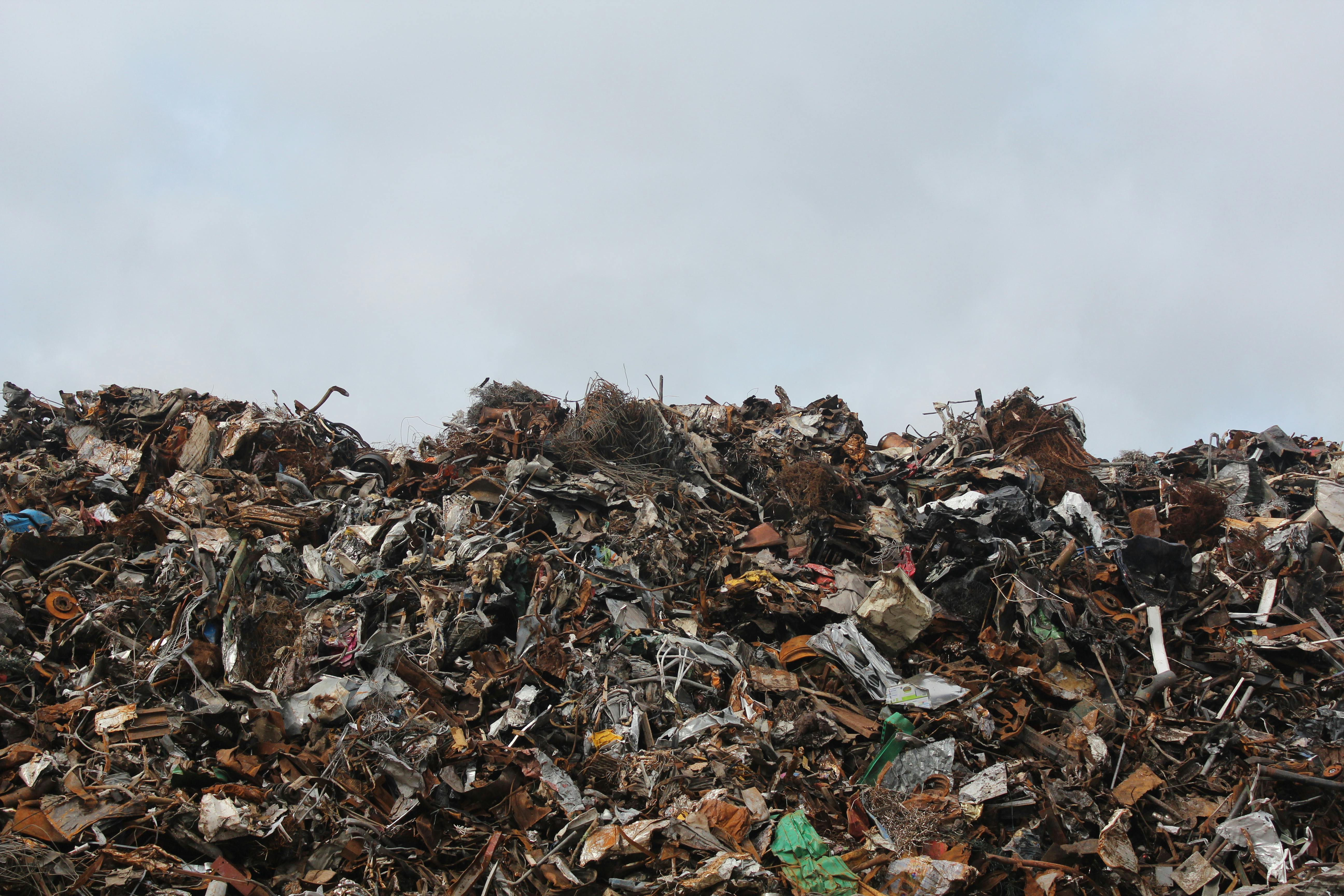
Essential Guide to Freezing Milk in 2025
Freezing milk can be a practical solution for reducing waste and extending its shelf life. With the right techniques, you can preserve milk in various forms, whether it’s whole, skim, or plant-based alternatives. In this guide, we'll explore the best methods to freeze milk effectively while maintaining its quality and nutritional value.
The benefits of freezing milk include minimizing spoilage, providing convenience for baking or cooking, and ensuring you have a supply of milk for recipes. Understanding how to freeze milk properly allows you to perform this task with confidence, avoiding common mistakes that lead to freezer burn or undesirable texture changes.
We’ll cover the entire **milk freezing process**, from steps to freeze milk correctly to thawing techniques and frozen milk recipes. By the end of this guide, you'll be equipped with essential **milk preservation tips** that can save you both time and money.
How to Properly Freeze Different Types of Milk
With the increasing variety of milk available today, it's crucial to know how to freeze each type effectively.
Freezing Whole and Skim Milk
Whole and skim milk freeze well, but there are important considerations. For instance, when freezing whole milk, it's best to leave some space in the container to allow for expansion during freezing. Skim milk tends to have a slightly different texture after thawing; however, this can be used to your advantage in cooking or smoothies.
To freeze these types, use **air-tight containers for freezing** or freezer bags labeled with the date. This ensures they're used within a reasonable timeline, ideally within 6 months for maintaining optimal quality.
Freezing Plant-Based Milk: Almond, Coconut, Oat, and Soy
Plant-based milks like almond, coconut, oat, and soy can also be frozen, but they respond differently to the freezing process. Almond and coconut milk may separate when thawed, necessitating a good shake or stir before use.
For best results, freeze plant-based milk in **DIY frozen milk cubes** or smaller containers, allowing for easy use in recipes without thawing large amounts. This approach assists in maintaining the texture and decreases waste.
How to Prepare Milk for Freezing
Preparation is key to successful milk freezing. First, check the **freshness** of your milk by doing a smell test or checking the sell-by date. Then, pour the milk into your chosen container, ensuring you leave some headspace.
Tip: Use freeze-safe containers to **prevent ice crystals in milk**, which can compromise quality. Lastly, label your containers with the freezing date to ensure proper usage and prevent **freezer burn**.
Best Practices for Storing Frozen Milk
Once your milk is in the freezer, it’s essential to consider how to store it properly to maximize quality.
Choosing the Right Containers
Select **best containers for milk freezing** designed specifically for liquid storage. Glass jars or high-quality plastic containers can work well, but avoid using standard milk cartons, as they may not withstand the cold temperatures effectively.
Always opt for containers that are **air-tight** to prevent moisture loss and damage to the milk's flavor profile.
Freezing Techniques for Optimal Results
To achieve the best freezing outcomes, utilize techniques such as **quick freeze milk methods**. This involves spreading smaller amounts of milk in shallow containers, allowing for faster freezing and less texture change.
Avoid stacking containers directly on top of each other to prevent uneven freezing; rather, separate items to promote consistent cold airflow.
Labeling and Monitoring Frozen Milk Storage
Proper labeling of your milk containers is vital. Include the type of milk and the date it was frozen. Monitoring your frozen milk storage allows you to maintain freshness and use it within appropriate time frames—ideally within 3-6 months.
Using a freezer management system can help keep track of different types of milk, making it easier to pull items as needed.
Thawing Frozen Milk: Techniques and Tips
Thawing frozen milk requires careful handling to ensure the best quality.
Best Methods for Thawing Milk
The **best way to thaw milk** is to transfer it from the freezer to the refrigerator the night before you plan to use it. This slow process helps retain the milk's original quality and texture.
If you need to thaw milk quickly, you can do so in a cold water bath; just ensure the container is sealed to prevent water from mixing with the milk.
Common Thawing Mistakes to Avoid
Avoid thawing milk in the microwave or at room temperature, as rapid temperature changes can cause separation. Similarly, don’t refreeze thawed milk, as this can compromise safety and quality.
Always check the milk after thawing. If there’s a noticeable change in odor or texture, it might be best to discard it.
Using Thawed Milk in Recipes
Thawed milk may be slightly grainy or separated, but this does not affect its usability in cooking or baking. Sustainable uses include making **frozen milk smoothies**, baking goods, or using it in sauces and soups.
Explore **thawed milk recipes** to maximize your frozen milk's potential while minimizing waste.
Milk Freezing FAQ
This section addresses common questions surrounding the milk freezing process.
How Long Can You Freeze Milk?
Generally, you can freeze milk for 3-6 months. Although it remains safe beyond this time, quality may diminish.
Can You Refreeze Thawed Milk?
No, it’s not advisable to refreeze thawed milk. Doing so can alter its safety and quality.
What Happens to Milk When Frozen?
Freezing milk can lead to texture changes and separation due to ice crystals forming. However, these changes usually don't affect the taste or nutritional value.
In conclusion, knowing how to freeze milk effectively ensures you can extend its shelf life while maintaining its quality. By following these tips and techniques, you'll minimize waste and keep your cooking effortless. Embrace the convenience of frozen milk storage today!


